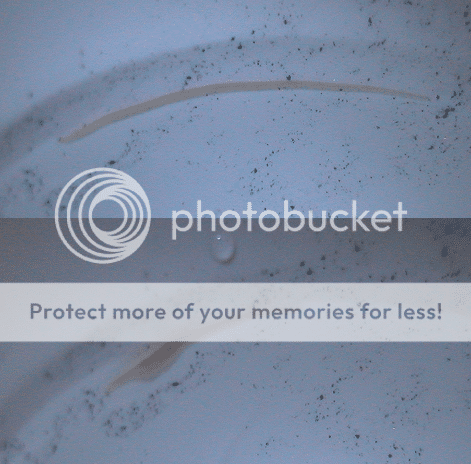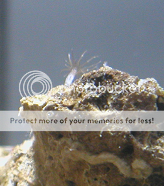xxBarneyxx
Fish Aficionado
Edit: Sorry, looks like I missed a whole page before replying with the below!!
Scooter Blennies (and dragonets in general as its not actually a blenny) will eat isopods. However they eat a lot of them so unless you have a large tank or a lot or rockwork you can rotate (on at least a weekly basis, if not more) then you will have to end up culturing pods as well to feed it.
What size and type of food do the hermit larvae need? Would it not be easier to go with a sterile setup (i.e. no live rock, bare tank, regular water changes) and culture the food? That way you know there is going to be any predation going on. If they will eat rotifiers or pyhto it would be easy to culture a constant food supply for them. If they eat anything smaller then these though then I guess a sterile setup wouldn't work due to the difficulty of culturing the food (though I did read somewhere about someone culturing Zooplankton that was smaller than rotifiers, will try and find it if you need it).
Tanks looking cool. Makes a nice change to see a critter tank and its very interesting to learn more about them (my knowledge of inverts is limited to say the least).
Scooter Blennies (and dragonets in general as its not actually a blenny) will eat isopods. However they eat a lot of them so unless you have a large tank or a lot or rockwork you can rotate (on at least a weekly basis, if not more) then you will have to end up culturing pods as well to feed it.
What size and type of food do the hermit larvae need? Would it not be easier to go with a sterile setup (i.e. no live rock, bare tank, regular water changes) and culture the food? That way you know there is going to be any predation going on. If they will eat rotifiers or pyhto it would be easy to culture a constant food supply for them. If they eat anything smaller then these though then I guess a sterile setup wouldn't work due to the difficulty of culturing the food (though I did read somewhere about someone culturing Zooplankton that was smaller than rotifiers, will try and find it if you need it).
Tanks looking cool. Makes a nice change to see a critter tank and its very interesting to learn more about them (my knowledge of inverts is limited to say the least).







 The original female seems healthy but I'm keeping a close eye on things in case there was anything else fishy going on that I'm missing.
The original female seems healthy but I'm keeping a close eye on things in case there was anything else fishy going on that I'm missing.